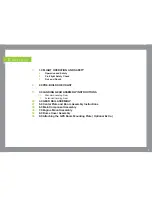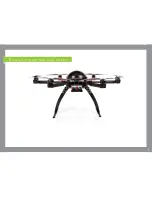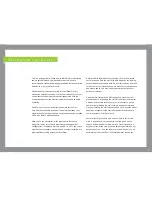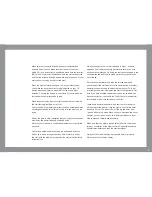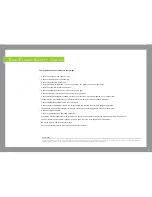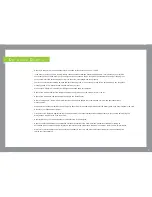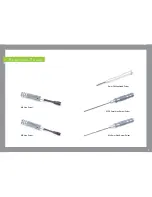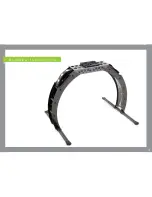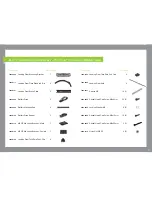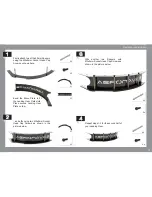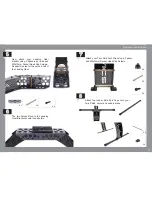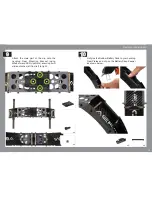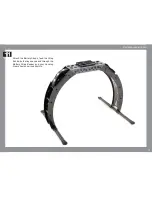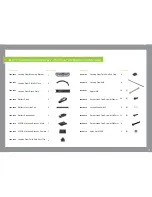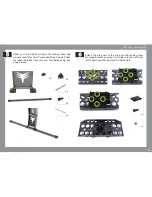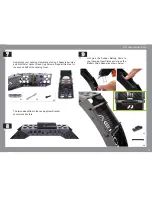
5
Make sure that you have fully charged your transmitter and
onboard battery packs. Make sure that the antenna of your
Radio (TX) is up and correctly positioned; make sure the receiver
(RX) for your craft is well positioned within the craft and secured
and that the antenna is facing downward and to the back of your
craft and not touching any part of the craft.
Place the craft on level ground and turn on your transmitter –
check that you have the correct model selected on your TX.
Set the transmitter timer to about 80% of the known flight
duration. Connect the battery to your crafts FC inputs and wait
for the engine controller beeps to stop.
Stand about 4m away from your craft and behind the craft with
the craft facing directly away from you.
Check the 50m flight safety perimeter you have established, also
checking behind you for children running in to see what you are
doing.
Survey the area; look for obstacles that you might not have seen
previously, like power-lines and overhead wires.
Never fly your craft near a controlled aerodrome or in controlled
airspace.
Check the weather conditions, the wind speed and direction.
Do not fly in gusty strong wind at any time. Always try and fly
the craft with the wind at your back so the craft will drift directly
away from you.
Always keep your eyes on the craft when in flight – if people
approach you inside your safety perimeter to talk to you or to
ask questions whilst you are flying the craft do not engage in the
conversation and ask them to stand well clear of you until you
have landed.
Re-check your perimeter and raise the throttle slowly and
check to see if the craft wants to tilt to one direction or another;
sometimes you may need to adjust the trim on your TX to get
a level flight, however most times the craft will fly perfectly first
time if you have installed the electronics and the software has
been set correctly—check with the Flight Control manufacturer
for standard or beginner settings for the craft.
Takeoffs are sometimes easier with a short burst of power to
lift the craft off the ground. Hold the craft in a controlled hover
directly in front of you about 2-3m off the ground away from
“ground effect” prop wash. When you have mastered this hover
position you can then move on to rolling the craft gently from
side to side and forward and backward.
Make sure that you always stand behind the craft, this makes
for easy orientation of the flight controls. Repeat this exercise
several times before you take the craft any higher.
Always fly the craft well away from people and / or property.
Always check for children nearby.
Summary of Contents for XM Titanium
Page 1: ...1 B u i l d M a n u a l...
Page 3: ...3 F l i g h t o p e r a t i o n a n d s a f e t y...
Page 8: ...8 P r e b u i l d C h e c k l i s t...
Page 10: ...10 A s s e mb l y I n s t r u c t i o n s...
Page 21: ...21 P a r t 2 G e a r R a i l a s s e mb l y...
Page 37: ...37 15 Your setup should now look like this...
Page 38: ...38 P a r t 3 XM BATTERY MOUNT PLATES 1 Battery Mounting Position...
Page 52: ...52 Your final setup should now look like this 5...
Page 59: ...59 8 Your final setup should now look like this...


